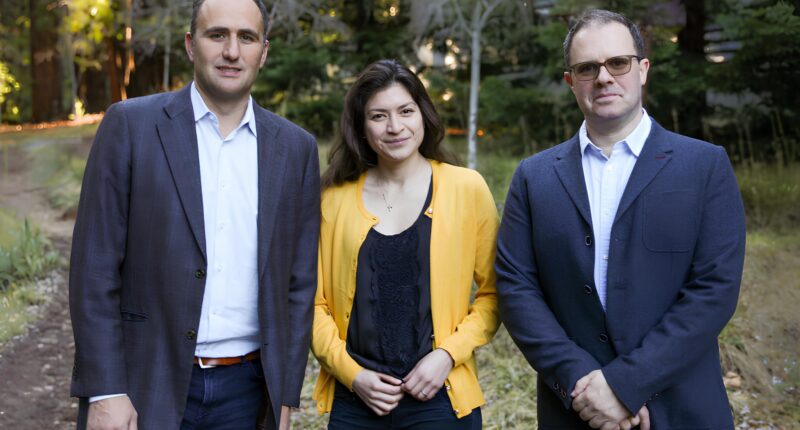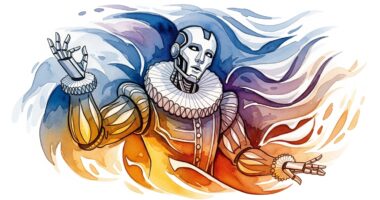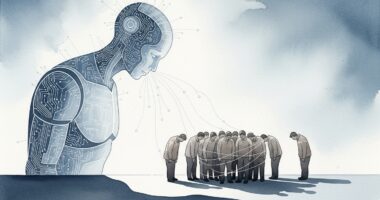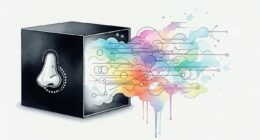University of California engineers have created a wearable device that combines artificial intelligence, camera technology and bioelectronics to accelerate wound recovery through personalised treatment delivery.
The “a-Heal” system monitors healing progress continuously and automatically administers medication or electrical stimulation based on individual patient needs. Initial preclinical studies published in npj Biomedical Innovations demonstrate 25 percent faster healing compared to standard care approaches.
The device incorporates a miniature camera that photographs wounds every two hours, feeding images to a machine learning system researchers term the “AI physician.” This algorithm analyses healing stages and determines optimal interventions to maintain progression along ideal recovery timelines.
“Our system takes all the cues from the body, and with external interventions, it optimises the healing progress,” explained Marco Rolandi, UC Santa Cruz professor of electrical and computer engineering, who led the research team.
The integrated camera system, developed by associate professor Mircea Teodorescu, enables continuous monitoring within standard bandage applications. “It’s essentially a microscope in a bandage,” Teodorescu noted. “Individual images say little, but over time, continuous imaging lets AI spot trends, wound healing stages, flag issues, and suggest treatments.”
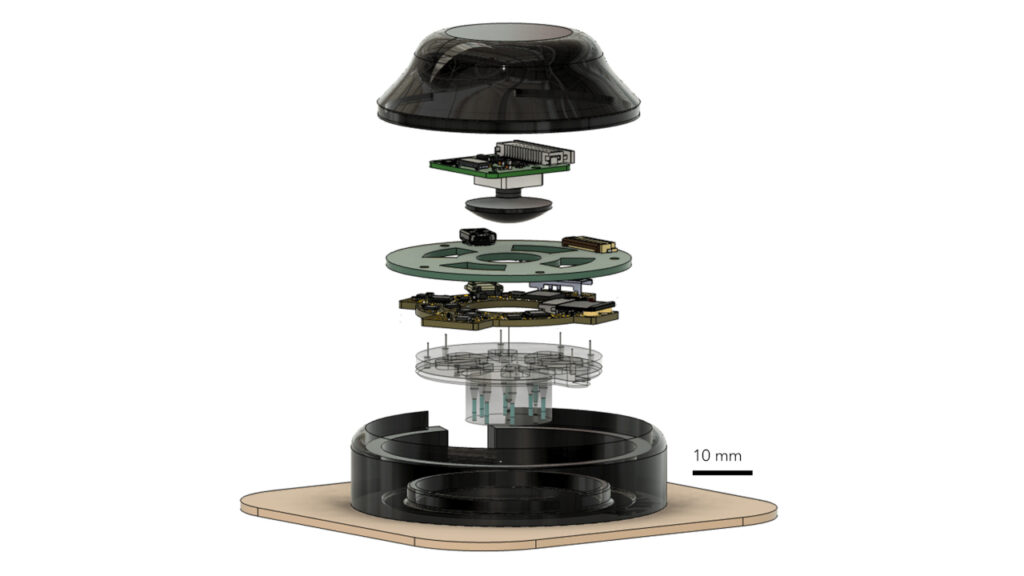
Treatment options include fluoxetine medication delivered through bioelectronic actuators or targeted electric fields that enhance cellular migration toward wound closure. The AI determines appropriate dosages and field strengths based on real-time healing assessment.
Associate professor Marcella Gomez developed the reinforcement learning algorithm that guides treatment decisions. The system learns through trial and error to minimise healing time whilst adapting to individual patient responses.
“It’s not enough to just have the image, you need to process that and put it into context. Then, you can apply the feedback control,” Gomez explained.
The device transmits healing data to secure web interfaces, enabling physician oversight and manual intervention when necessary. The portable, wireless design could improve wound care accessibility for patients in remote locations or with limited mobility.
The research team now explores applications for chronic and infected wound treatment, potentially addressing cases where healing has stalled or become complicated by bacterial infection.
